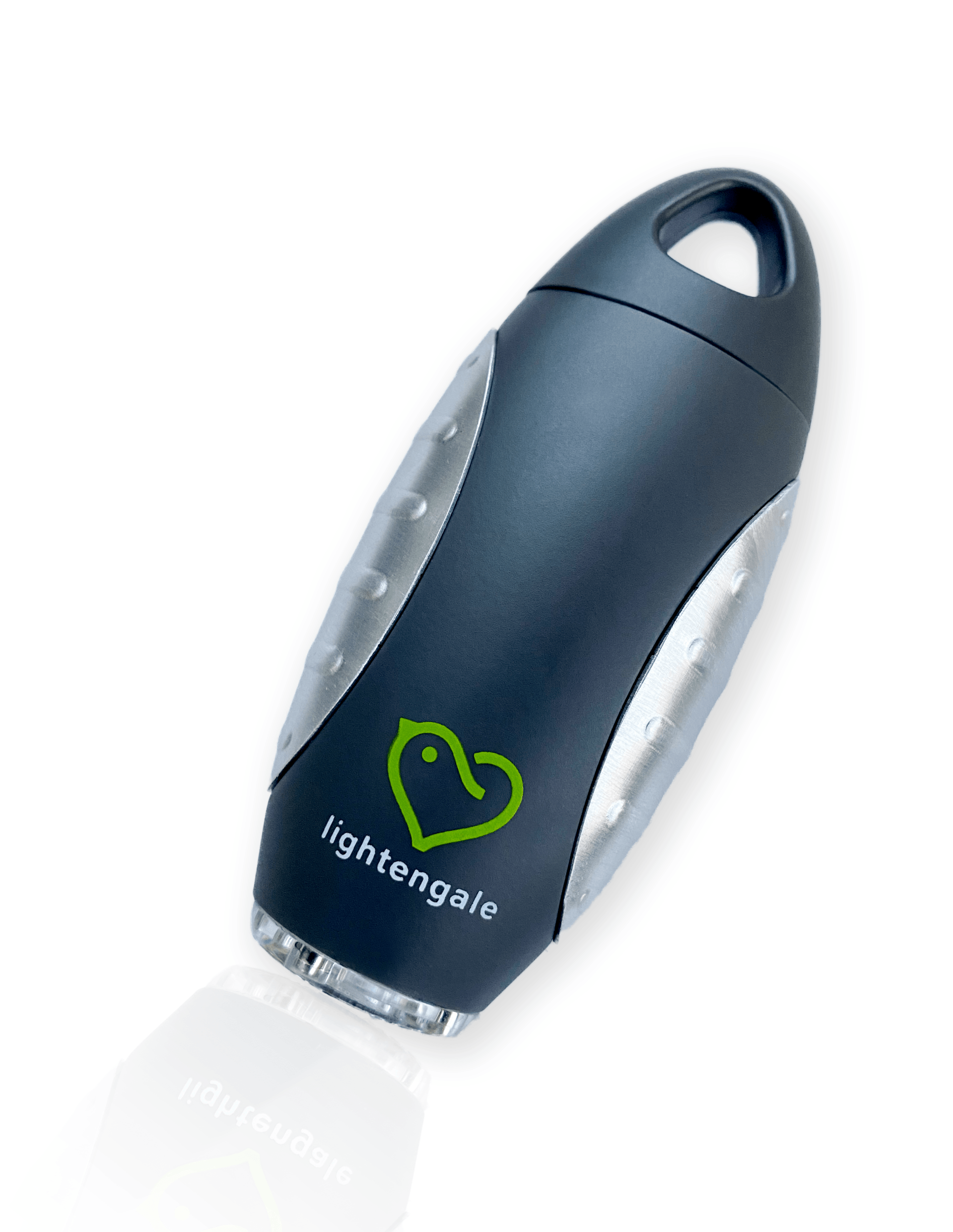End-to-end visual safety.
For improved patient outcomes.
Critical care patients often receive more than twice the number of IV drugs as non-ICU patients, 1 and the higher the number of IV medications, the greater likelihood of an ADE. 2 Lightengale helps your ICU staff avoid infusion line mixups and reduce this common type of medication error. 3
1. Intensive Care Medical Experimental Doesburg et al. Intensive Care Medicine Experimental 2015, 3(Suppl 1):A555 http://www.icm-experimental.com/content/3/S1/A555
2. Critical Care Medicine Kane-Gill, Sandra L. PharmD, MSc, FCCM, FCCP; Kirisci, Levent PhD; Verrico, Margaret M. RPh; Rothschild, Jeffrey M. MD, MPH Analysis of risk factors for adverse drug events in critically ill patients*, Critical Care Medicine: March 2012 - Volume 40 - Issue 3 - p 823-828 doi: 10.1097/CCM.0b013e318236f473
3. Pennsylvania Patient Safety Authority Amanda Wollitz, PharmD, Patient Safety Analyst; Matthew Grissinger, RPh, FISMP, FASCP, Manager, Medication Safety Analysis. Aligning the Lines: An Analysis of IV Line Errors. Pa Patient Saf Advis 2014 Mar;11(1):1-7.
Infusion line differentiation can be a matter of life and death, making managing IVT medication lines in the ICU extremely time consuming and highly stressful.
Critical care patients are incredibly fragile and often receive more than twice the number of IV drugs compared to non-ICU patients. 4 We know that the higher number of drugs being infused intravenously translates into a greater likelihood of an adverse drug event, 5 as mixing up any one of those lines may have fatal consequences for the patient. In the ICU, nearly 40% of medication errors occur during administration, 6 and over 20% of errors are due to IV line mixups. 7
The Institute of Medicine’s (IOM) legendary 1999 report, To Err is Human, estimated 98,000 deaths related to medical error in the United States. A later study in 2010 yielded almost twice that many deaths, at 180,000. The most recent study in 2013 suggested the numbers range from 210,000 to 440,000 deaths per year. One of the 1999 IOM report’s main conclusions is that the majority of medical errors do not result from individual recklessness, but more commonly, errors are caused by faulty systems, processes, and conditions that lead people to make mistakes or fail to prevent them. 8
What if there has been a simple solution we’ve missed until now?
4. Intensive Care Medical Experimental Doesburg et al. Intensive Care Medicine Experimental 2015, 3(Suppl 1):A555 http://www.icm-experimental.com/content/3/S1/A555
5. Critical Care Medicine Kane-Gill, Sandra L. PharmD, MSc, FCCM, FCCP; Kirisci, Levent PhD; Verrico, Margaret M. RPh; Rothschild, Jeffrey M. MD, MPH Analysis of risk factors for adverse drug events in critically ill patients*, Critical Care Medicine: March 2012 - Volume 40 - Issue 3 - p 823-828 doi: 10.1097/CCM.0b013e318236f473
6. BMJ Quality & Safety Carayon P, Wetterneck TB, Cartmill R, Blosky MA, Brown R, Kim R, Kukreja S, Johnson M, Paris B, Wood KE, Walker J. Characterising the complexity of medication safety using a human factors approach: an observational study in two intensive care units. BMJ Qual Saf. 2014 Jan;23(1):56-65. doi: 10.1136/bmjqs-2013-001828. Epub 2013 Sep 19. PMID: 24050986; PMCID: PMC3938094.
7. Pennsylvania Patient Safety Authority Amanda Wollitz, PharmD, Patient Safety Analyst; Matthew Grissinger, RPh, FISMP, FASCP, Manager, Medication Safety Analysis. Aligning the Lines: An Analysis of IV Line Errors. Pa Patient Saf Advis 2014 Mar;11(1):1-7.
8. StatPearls Carver N, Gupta V, Hipskind JE. Medical Error. [Updated 2020 Jul 10]. In: StatPearls [Internet]. Treasure Island (FL): StatPearls Publishing; 2020 Jan-. Available from: https://www.ncbi.nlm.nih.gov/books/NBK430763/
Lightengale is shedding light on a better system.
Distinct Innovation
Patient safety demands a better way. Unlike unmodified IVTs, with Lightengale the entire length of the IV line is immediately illuminated, from pump to patient.
Reduced Risk
Using line labels to identify each end of a line is better than nothing, but in one study, incomplete labeling of IV tubing represented over 31% of errors. 9 Lightengale simplifies what was complex and brings reliable precision where it is needed most.
Practical Technology
Manufactured with simple, reliable components, Lightengale’s novel design is uncomplicated and integrates seamlessly with your current, preferred IVT equipment and protocols.
Increased Efficiency
Manual line tracing is time consuming and prone to error, but with Lightengale, the illuminated line is thoroughly and immediately recognizable. That means less time nursing staff wastes on traditional line verification, more time focusing on patients, and more lives saved.
9. Canadian Journal of Hospital Pharmacy Summa-Sorgini C, Fernandes V, Lubchansky S, et al. Errors Associated with IV Infusions in Critical Care. Can J Hosp Pharm. 2012;65(1):19-26. doi:10.4212/cjhp.v65i1.1099


Lightengale aims to mitigate potentially dangerous errors with a solution based on one basic concept: if you can easily see a specific medication line from end to end, the likelihood of error will decrease.
The solution: use light-emitting cables to illuminate individual IV lines from pump to patient. By clearly lighting up the specific infusion line the nurse needs to identify, Lightengale makes the entire line easier to see, reducing errors and increasing patient safety.
The answer is clear: an end-to-end visual safety net reduces the complexity of infusion identification, in turn reducing errors and saving lives.
"Quote from a clinician. Lorem ipsum dolor sit amet, consectetur adipiscing elit, sed do eiusmod tempor incididunt ut labore et dolore magna aliqua. Ut enim ad minim veniam, quis nostrud exercitation ullamco laboris nisi ut aliquip ex ea commodo consequat."
Name Here, Title Follows Here






